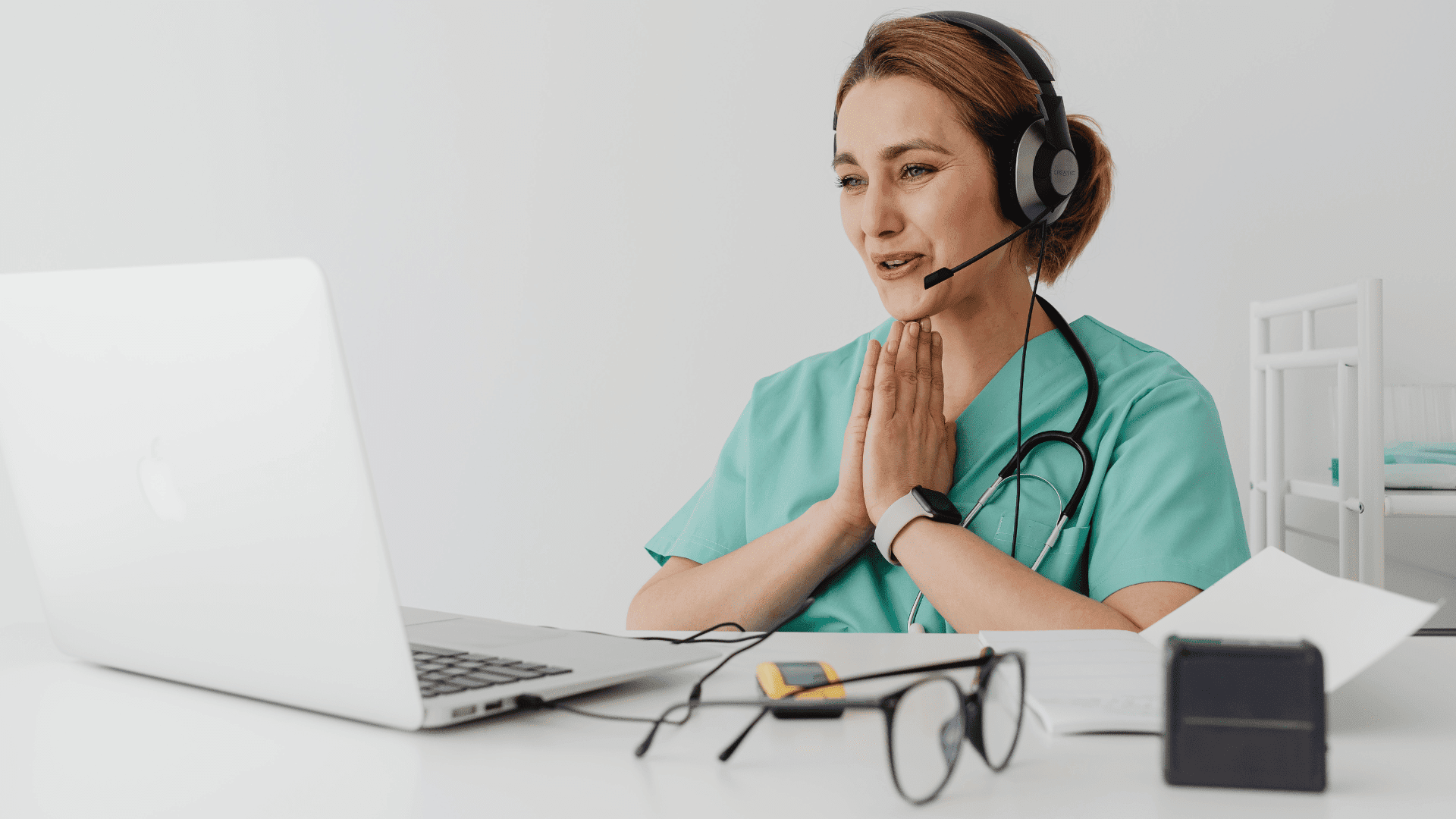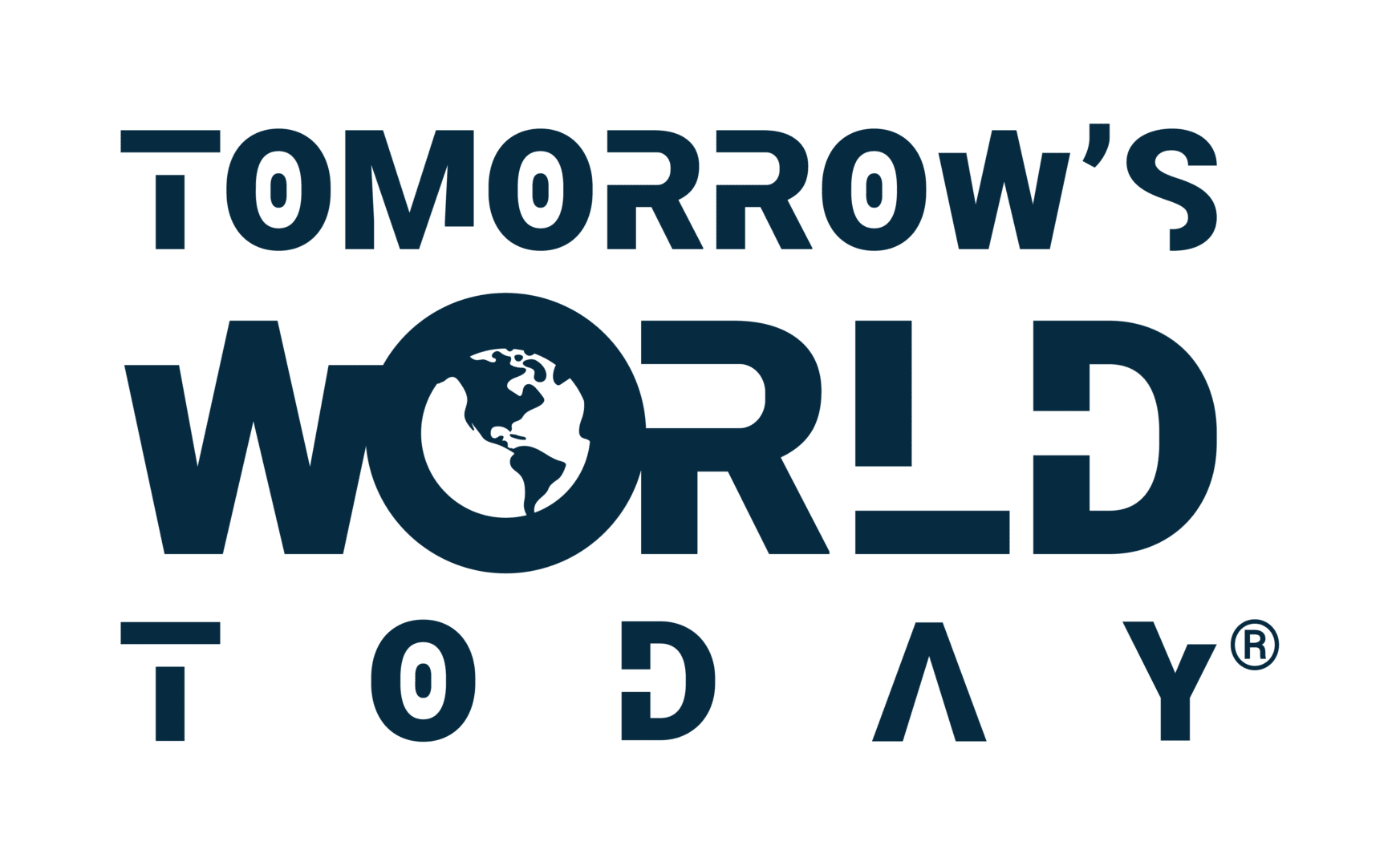We live in a time where our smartphones double as pedometers and smartwatches track our heart rate; it’s no surprise that remote patient monitoring (RPM) is changing the game in chronic care management. Chronic conditions like diabetes, hypertension, and heart disease demand consistent, long-term oversight, and RPM provides just that, without the need for constant in-person visits.
But what makes remote patient monitoring such a powerful component in chronic care? And how do the two complement each other to improve patient outcomes, ease provider workloads, and reduce costs? Let’s discuss.
What Is Remote Patient Monitoring (RPM)?
Remote patient monitoring refers to the use of digital technologies to track patients’ health data from a distance and share it in real-time with healthcare providers. To put things into perspective, think of it as a virtual bridge that connects patients to their care teams, whether they’re at home, at work, or even on vacation.
Common RPM devices include:
— Blood pressure monitors
— Glucometers
— Pulse oximeters
— Weight scales
— Wearables like fitness trackers and ECG monitors
These tools collect vital health data, transmit it securely to a central platform, and alert providers when something is out of range. This enables timely interventions before a condition worsens.

Chronic Care Management Needs a Long-Term Strategy
Chronic diseases are the leading cause of death and disability in the United States, affecting six in ten adults, according to the CDC. Managing these conditions involves more than the occasional doctor’s visit; it requires a coordinated, long-term strategy with regular monitoring, medication management, lifestyle changes, and patient education. Traditionally, chronic care management has depended on in-person check-ups and patient self-reporting. But let’s face it – patients don’t always remember or report symptoms accurately. Plus, many only seek help when symptoms flare up, by which point the condition may have worsened.
This is where RPM comes into play.
How RPM Supports Chronic Care Management
Remote patient monitoring doesn’t replace chronic care; it improves it.
Here’s how RPM complements and strengthens the chronic care model:
1. Early Detection and Timely Intervention
RPM enables real-time data transmission, so providers can spot warning signs early. If a hypertensive patient’s blood pressure spikes, their provider can receive an alert immediately without waiting for a scheduled appointment. This proactive approach means minor issues can be managed before they snowball into emergencies.
2. Better Patient Engagement
Patients involved in their own care tend to stick with treatment plans. RPM devices empower patients by showing them their data in real time. When people can actually see their progress (or lapses, for that matter), it motivates them to stay on track with diet, medication, and lifestyle habits. It’s a powerful way to turn passive patients into active participants.
3. Improved Provider Efficiency
For healthcare providers, particularly family nurse practitioners, RPM streamlines care. Instead of juggling in-person appointments for routine monitoring, they can focus their time on patients who need immediate attention. This creates a more efficient system, helping to reduce burnout and improve outcomes. RPM is especially impactful for advanced practice nurses who are often at the frontline of chronic care. For those pursuing further training, such as a post masters FNP online program, understanding and integrating RPM into practice is becoming an essential skill. These programs prepare nurse practitioners to not only interpret remote data but also lead collaborative care teams and design tech-driven treatment plans.
4. Reduced Hospital Readmissions and ER Visits
When patients are closely monitored, providers can address issues before they escalate. This results in fewer trips to the emergency room and lower hospital readmission rates. In fact, studies show RPM can reduce hospitalizations by up to 38% and emergency room visits by 25% in some chronic conditions.
5. Cost Savings Across the Board
RPM reduces costs for patients, providers, and insurers. According to KLAS Research, hospitals that implemented RPM saw average annual savings of $3,000 to $4,000 per patient. With healthcare costs spiraling, that’s no small feat.
Barriers to RPM Adoption
Despite its many advantages, RPM adoption still faces hurdles. Common challenges include:
— Technology literacy: Some patients, especially older adults, may struggle with devices.
— Access to broadband: Not all communities, particularly rural ones, have the infrastructure needed.
— Integration with existing systems: Health IT can be fragmented, making it tricky to sync RPM data with electronic health records.
However, these obstacles are gradually being addressed. More intuitive device designs, expanding telehealth infrastructure, and better training for providers are helping RPM gain traction.
Remote patient monitoring isn’t a silver bullet, but it is a powerful tool in the fight against chronic disease.
By providing continuous data, improving patient engagement, and enabling timely interventions, RPM complements chronic care in ways traditional methods simply can’t. When used right, it helps keep patients out of the hospital, improves their quality of life, and lightens the load on the healthcare system.
In short? It’s the kind of innovation that turns reactive care into proactive care and that’s something worth betting on.
This is a sponsored post by DLINX. All reviews and opinions expressed in this post are not based on the views and opinions of Tomorrow’s World Today.







